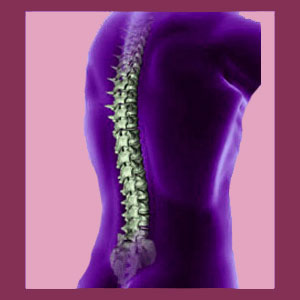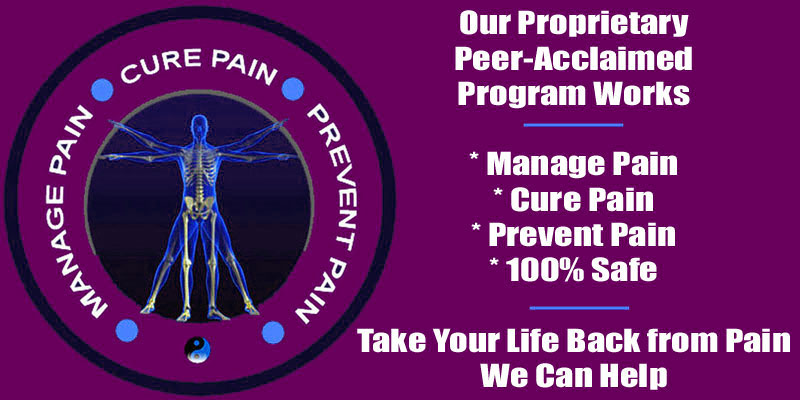
Many readers contact us and ask about which scoliosis test is best. This is a simple topic to cover, since there are only a few basic tests needed to check for scoliosis and then to evaluate any atypical spinal curvature that might be observed.
Scoliosis testing is commonly performed in public and private schools, during routine health examinations and in the military. It is rare for a person with scoliosis not be to diagnosed soon after developing a noticeable lateral spinal curvature for this reason. The majority of people who wonder if they have scoliosis or not are individuals without access to adequate medical care.
This essay will discuss scoliosis tests that can be used to identify atypical spinal curvatures, as well as tests which can evaluate the severity of curvature and any consequences that might occur due to the curvature.
Scoliosis Test for Diagnosis
Scoliosis can often be suspected simply by observing a person, even in dressed condition. Many people with scoliosis will have obvious postural changes that will be noticeable to trained healthcare workers. However, some cases are not obvious or are well hidden due to case-specific circumstances, such as obesity.
The forward bend test is a simple way for any trained person to identify most cases of scoliosis. We detail this test in a dedicated article and highly recommend that all readers learn about this test if they suspect scoliosis in themselves or a family member.
Many children are diagnosed with scoliosis during routine school checks. While these exams can be helpful, they are often traumatic and erroneous. For more information, please read our dedicated article about the pros and cons of scoliosis testing in school.
Tests for Spinal Curvature Evaluation
There are several ways that a diagnosed case of scoliosis can be rated as far as severity. There are also ways of determining if there are any negative health issues being caused by the scoliosis. Finally, if the patient has pain, there are tests to help determine if the atypical curvature might be a primary cause of symptoms, a contributor, or an incidental factor:
Scoliometer testing is often the first step in measuring an irregular lateral curvature. This old test is useful, since it is not expensive, has no negative health effects and provides immediate results upon visual observation.
X-ray evaluation is the gold standard for measuring scoliosis curvatures. A series of images will be taken and then the diagnostician can accurately measure the degree of curvature, the exact location of curvature and also observe some possible consequences of the scoliotic curvature.
MRI evaluation can accomplish many of the same objectives as x-ray testing. However, since MRI can also image soft tissues, the amount of information gained about the curvature can be increased substantially. MRI can help determine effects of the scoliosis on the muscles of the dorsal anatomy, as well as potential compression of internal organs, such as the heart and/or the lungs. MRI is also useful in helping to diagnose any neurological consequences caused by the scoliosis in the form of central or foraminal spinal stenosis.
Scoliosis Testing Recommendations
We recommend that testing should be performed regularly during routine health exams with a qualified doctor. If scoliosis is found or suspected, then x-ray evaluation is the next logical step. If the curvature is found to be severe, or if the patient is suffering pain or neurological dysfunction that might be caused by the scoliosis, then MRI testing is suggested as a means of gauging the possible effects of the curvature.
It is crucial to remember to safeguard the psychoemotional state of the patient during diagnostic evaluation. The psychological consequences of scoliosis can be just as damaging as the physical ones. We write much about this topic in our coverage of the little discussed scoliosis nocebo effect. All patients must read this page, as it is of paramount importance to their health and the health of their family.





